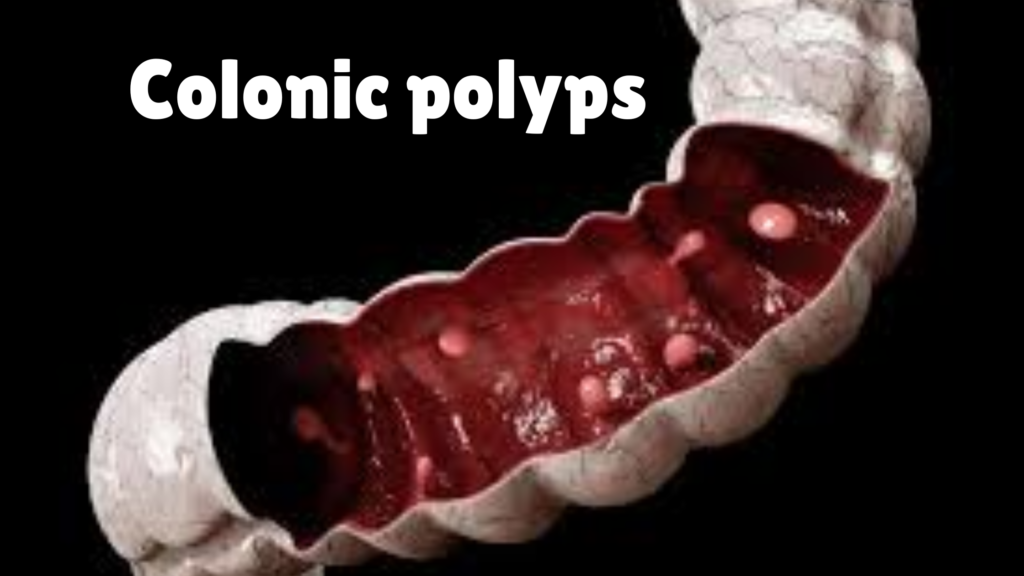🌱 Colonic Polyps – Explained Simply
Colonic polyps (also called colon polyps) are growths on the inner lining of the colon (large intestine) or rectum. They are quite common, especially in adults over 50.
🧬 What Are They?
- Polyps are usually benign (non-cancerous) growths.
- However, some can turn into colorectal cancer over time, which is why they’re important to find and remove early.
🧩 Types of Colonic Polyps
- Adenomatous polyps (Adenomas)
- Most common type
- Can become cancerous if left untreated
- Hyperplastic polyps
- Usually small and not cancerous
- Inflammatory polyps
- Often found in people with IBD like ulcerative colitis
- Generally not cancerous
- Serrated polyps
- Some can lead to cancer, depending on size and location
⚠️ Symptoms
Most colonic polyps don’t cause any symptoms, but when they do:
- Rectal bleeding
- Blood in the stool
- Changes in bowel habits (diarrhea or constipation)
- Abdominal pain (rare)
🔬 How Are They Diagnosed?
Usually discovered during:
- Colonoscopy
- Flexible sigmoidoscopy
- CT colonography (virtual colonoscopy)
- Stool tests (for hidden blood or DNA changes)
✂️ Treatment
- Polyp removal during colonoscopy (called polypectomy) is standard.
- Larger polyps or those with unusual features may require surgical removal.
📅 Prevention & Follow-up
- Regular screening (especially after age 45–50)
- Healthy lifestyle: high-fiber diet, low red/processed meat, no smoking, limited alcohol
- Family history may mean earlier/more frequent screening
